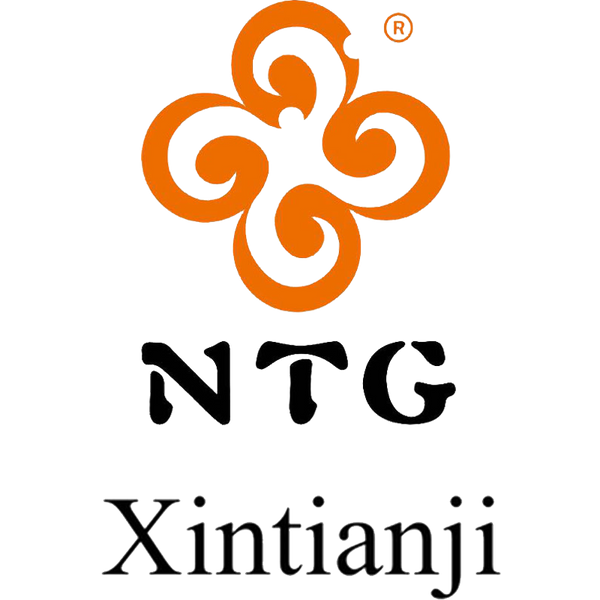All you need to know about linen fabric

Overview of Linen Fabric
Linen, a natural plant fiber, has been widely used in clothing and households for its sustainability. It grows without chemicals or fertilizers, requires less water, and preserves farming soil. Linen is breathable, effectively absorbing sweat and keeping the skin dry in hot and humid conditions, preventing allergies. Additionally, it offers protection against radiation and static electricity for enhanced comfort.
Common Natural Fabric Types
- Hemp
- Features the shortest fibers, providing a soft and skin-friendly texture.
- Often blended with 50% hemp and 50% flax, considered a high-end option.
- Flax
- Longer fibers compared to hemp but shorter than ramie.
- Offers high strength, durability, and resistance to tearing and abrasion.
- More prone to wrinkles, and may cause a slight pricking sensation for sensitive skin.
- Ramie
- Boasts the longest fibers with a uniform luster.
- Suitable for spinning coarse or fine yarn, ideal for structured garments like shirts.

Understanding Yarn Count
- Yarn count indicates the fineness or thickness of the yarn, often expressed as "Ne" or "Nm".
- Higher yarn counts result in finer and softer fabrics, suitable for lightweight summer clothing, while lower counts are ideal for warm and durable garments like outerwear and pants.

Linen Yarn Counts and Weights
- Flax (Linen)
- 9 Count: Produces thicker and stiffer fabrics.
- 14 Count: Ideal for cushions, pillows, and spring-summer clothing.
- 21 Count: Fine and comfortable for clothing like shirts and pants.
- 32 Count: Soft and breathable, suitable for garments.
- 42 Count: Fine yarn for intricate weaving and craft products.
- 50 Count: Fine, soft, and durable fabric.
- 60 Count: High-quality yarn for breathable and cool summer clothing.
- Fabric weight:
- Around 160g: Suitable for bedding sets and clothing.
- Around 220g: Ideal for tablecloths.
- Above 400g: Appropriate for sofas and carpets.

- Ramie
- 42 Count: Suitable for autumn clothing with a soft texture.
- 60 Count: Offers wrinkle resistance compared to 100 count.
- 100 Count: Fine, smooth texture suitable for summer clothing.
- Hemp
- 18 and below Count: Mainly used for thick fabrics or terry cloth.
- 19-29 Count: Soft and dense yarn for breathable knitted clothing.
- 30-60 Count: Fine, skin-friendly yarn for high-end knitted clothing.
In conclusion, higher yarn counts in these natural fabrics result in better quality and increased softness, highlighting the comfort and skin-friendly nature of longer fibers.

